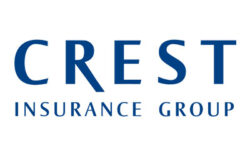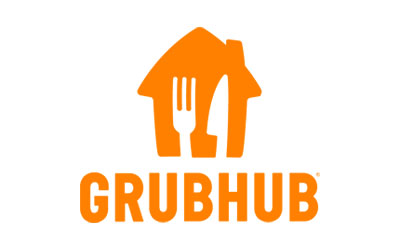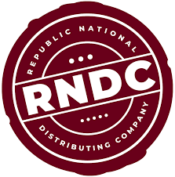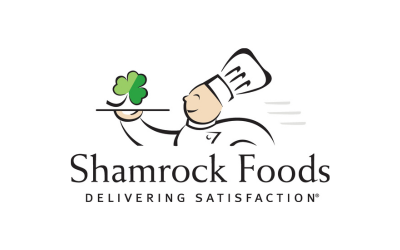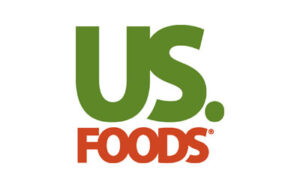Sponsored by our partners at Pinnacol Assurance
Restaurants are hives of activity, from the back of house where chefs create fresh, tasty meals, to the front where servers engage with customers to create memorable experiences. Sometimes the team improvises as fast as they can to make the magic happen, which is when safety standards can inadvertently slide and create a recipe for disaster.
“During busy periods, employees may get distracted, which means they might not notice a slip-or-trip hazard,” says Allison Hoskins, Safety Innovation Specialist for Pinnacol Assurance. It’s vital to guard against them, noting that on average fall injuries rank in the top two most frequent and severe injuries in the restaurant industry.
Here’s what restaurant operators need to know about the role of good housekeeping in their success.
Defining “good housekeeping”
A key component of good housekeeping and slip/fall mitigation is identifying and understanding the hazards. “Good housekeeping is a cumulation of both fixed scenarios and ones that change on the fly,” Hoskins explains.
For example, older buildings present their own unique challenges, as they may have worn flooring, uneven surfaces and narrow halls or doorways. The layout of the restaurant can also have a big impact. For instance, can employees easily move through the workplace or are they having to weave their way around a crowded design?
There are also situations that change throughout the day, from a spill on the floor to crowded storage areas where the stock hasn’t been put away.
Challenges restaurants face in housekeeping practices
Prioritizing good housekeeping is challenging for reasons aside from the busy environment. Hoskins points out how consistency in safety training is one sticking point. “There is often high turnover in the foodservice industry, with new managers and employees, along with multiple shifts. Ensuring everyone understands good housekeeping practices can sometimes fall through the cracks.”
For those locations with physical drawbacks, budget constraints can come into play. “For example, a restaurant may need new flooring, but it will take time to save the money needed for the repair or replacement,” Hoskins says.
Making safety a priority
Despite operators’ best intentions, some restaurants historically haven’t had an extensive safety culture, given the nature of the business. “Safety rules are usually verbal, and training occurs on the job, without regular refreshers,” Hoskins says.
Fortunately, it’s easy to change with some simple fixes, Hoskins explains, adding how she has worked with many outlets which have developed a strong safety culture. The difference? In those environments, she sees employees pay extra attention to watching out for and helping protect each other. “Educating employees about the risks and why they need to manage them prevents injuries and increases morale through a sense of community and well-being,” Hoskins says.
To help empower the team and foster a safety-first type of environment, Hoskins recommends regular reminders on every shift to help keep safety and good housekeeping practices top of mind. This may be an employee’s first job, and they might not understand or recognize a risk. Other times associates may have become complacent, and regular reminders help keep information fresh. “People aren’t deliberately or willfully ignoring hazards; they just get into a routine and can be momentarily distracted,” Hoskins further explains.
Finally, Hoskins notes how leadership should focus on educating managers to ensure this performance culture permeates the organization. “High turnover can lead to new managers not knowing current processes or practices, including how to properly handle a workers’ compensation claim.”
Tips to prevent slips, trips and falls
Here are a few ways to develop a safer work environment:
- Stack materials and supplies in an orderly manner.
- Keep doorways and hallways clear of boxes and other hazards.
- Tape down electrical cords and cables.
- Clean up spills immediately.
- Use nonskid strips or floor mats and replace them if they become frayed or curling.
- Provide guidelines for proper footwear.
Slow periods are an ideal time to put items away and verify housekeeping is in good order. “This reinforces the standards and creates a regular cadence that sets up employees for less risk during the busier hours,” Hoskins suggests.
For more in-depth tips, refer to this resource, compiled by Pinnacol Assurance: Safety talk: Housekeeping is safekeeping at work.
Make good housekeeping your restaurant priority
The most important reason to emphasize safe practices is the health of your associates; no restaurant manager wants a valued employee injured on their watch.
Aside from the well-being of your team, there are other consequences to an injury. As restaurants struggle to remain fully staffed, every employee is vital to a smooth-running operation. If you wind up short-staffed, you may burn out other employees as they cover extra shifts or struggle to keep up with customer needs.
In addition, it can negatively affect your workers’ compensation costs. This is where Pinnacol Assurance can step in as a safety partner with your team, says Hoskins. “Our safety consultants are available to work with foodservice industry customers to identify hazards, provide solutions and conduct safety walk-throughs to help support their safety needs.” For more information, contact Pinnacol Assurance today or visit the library of food service safety resources here.

